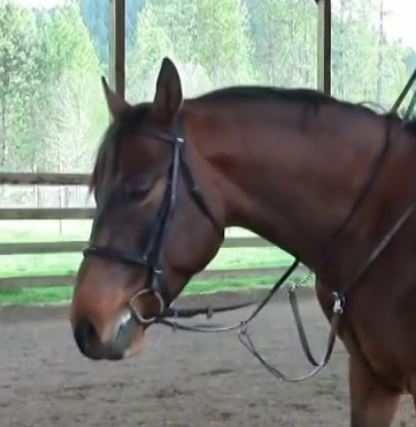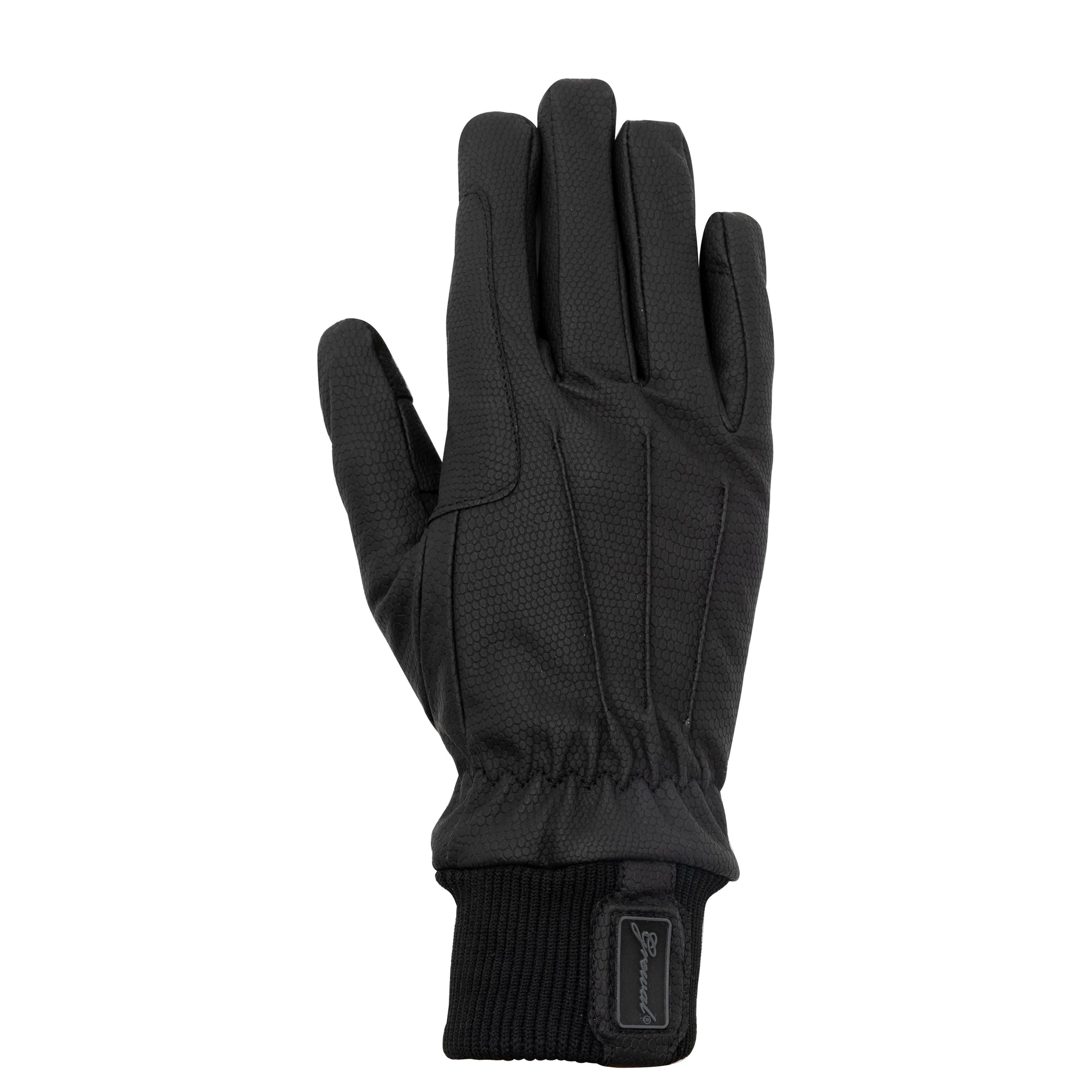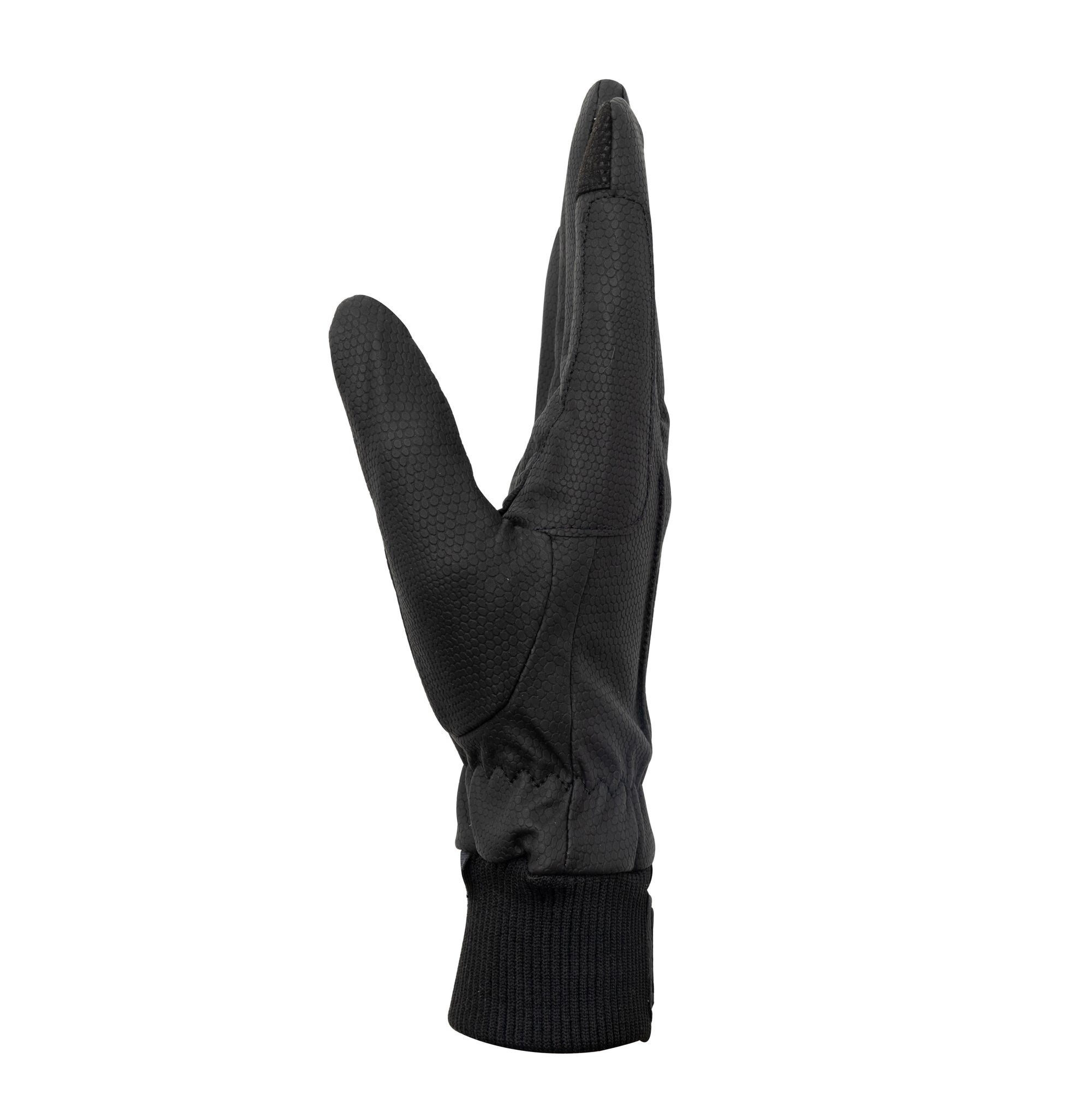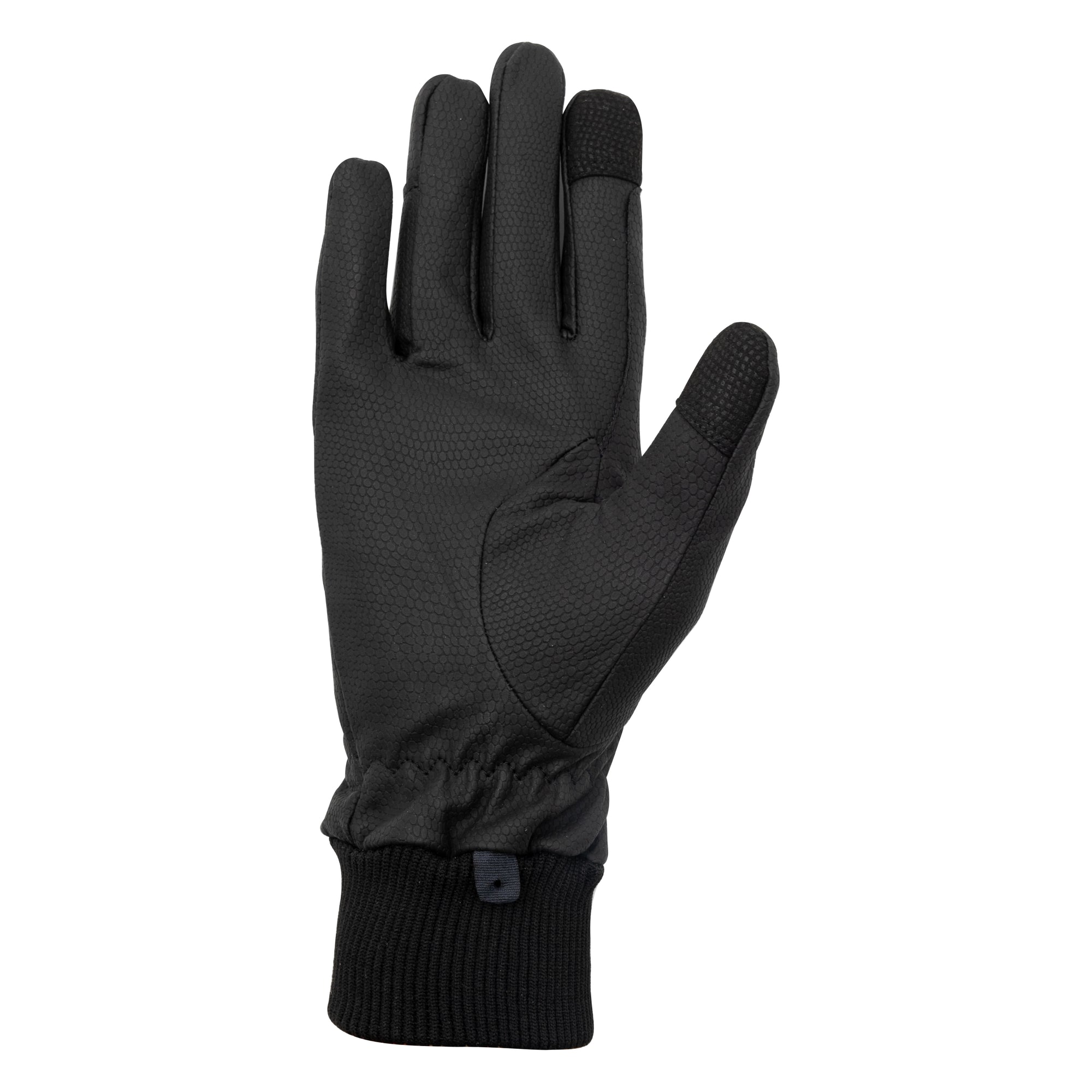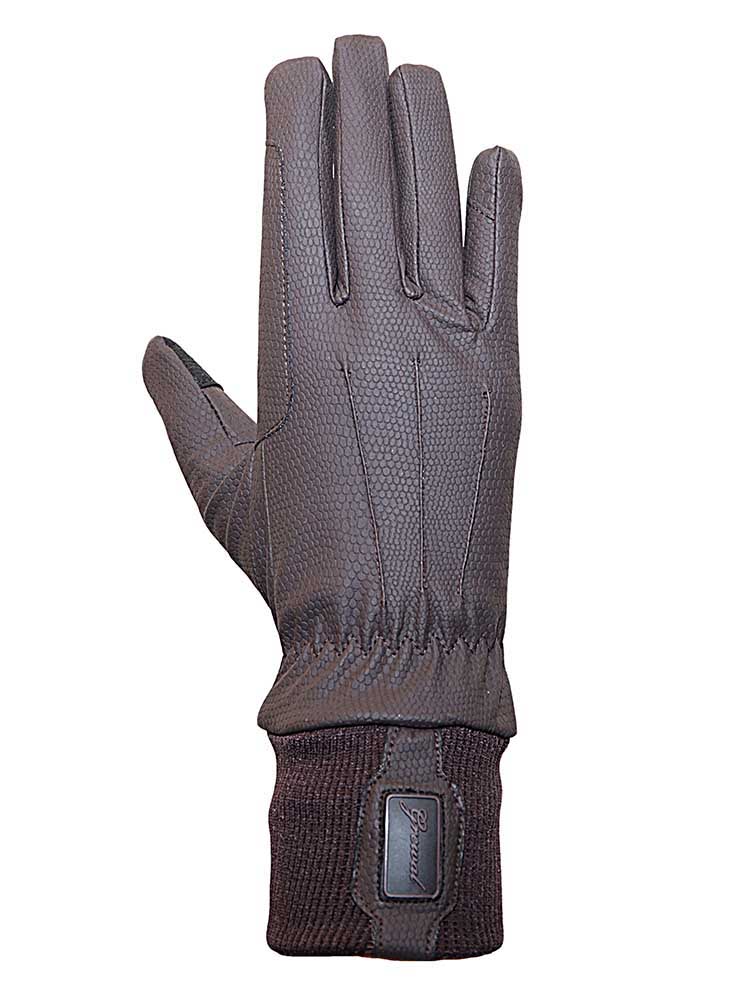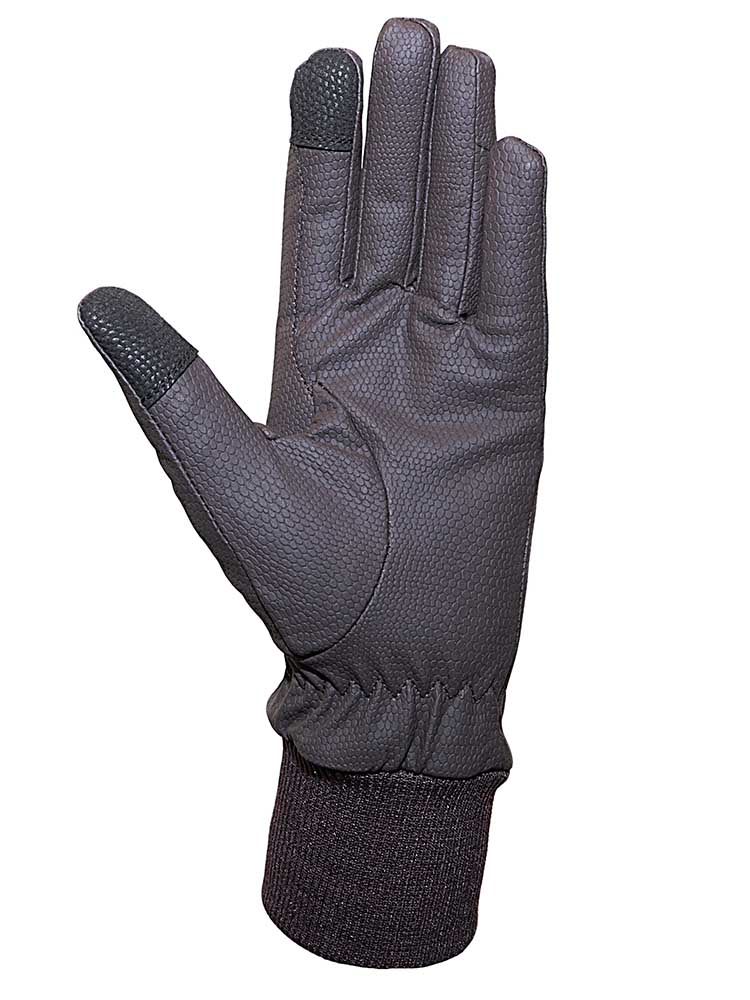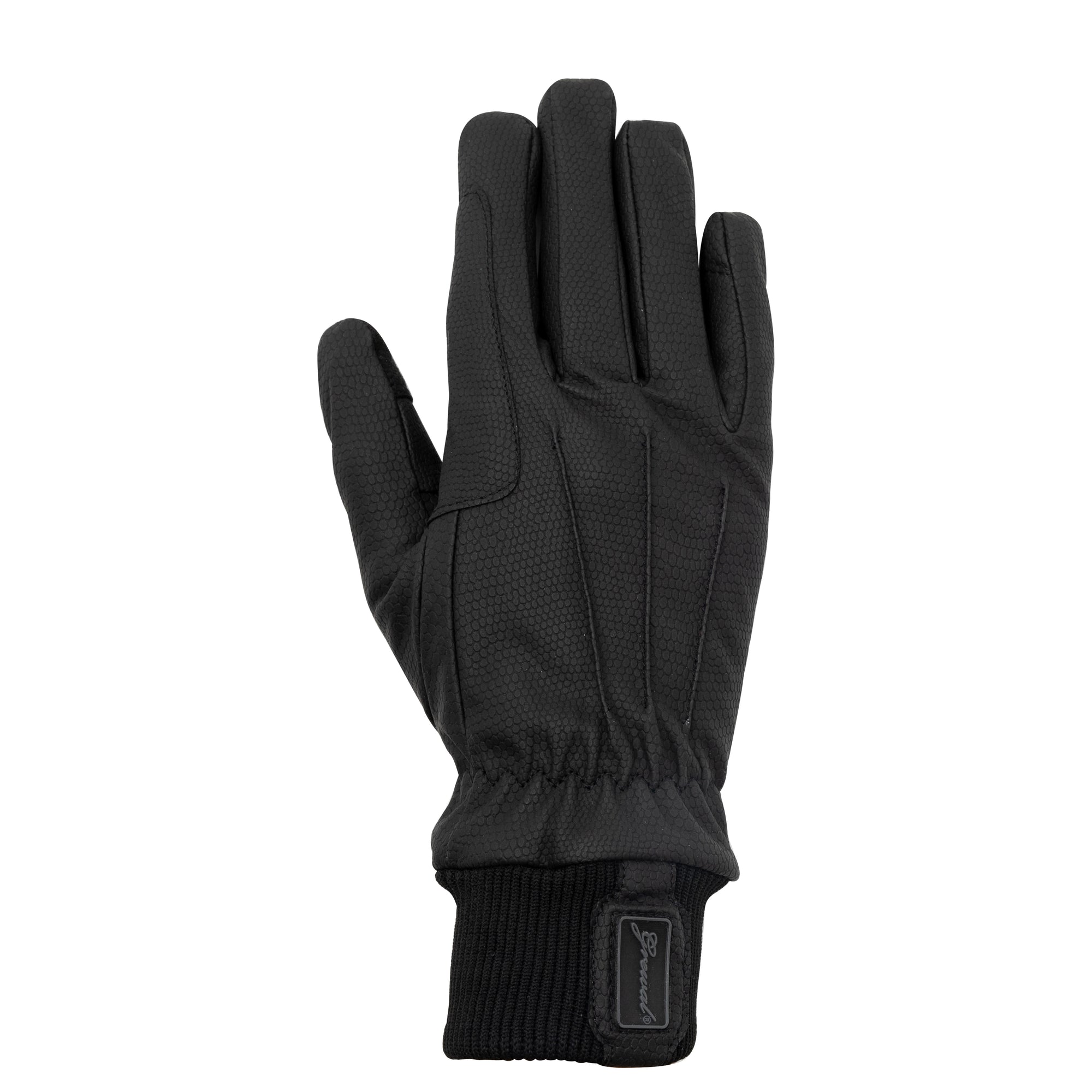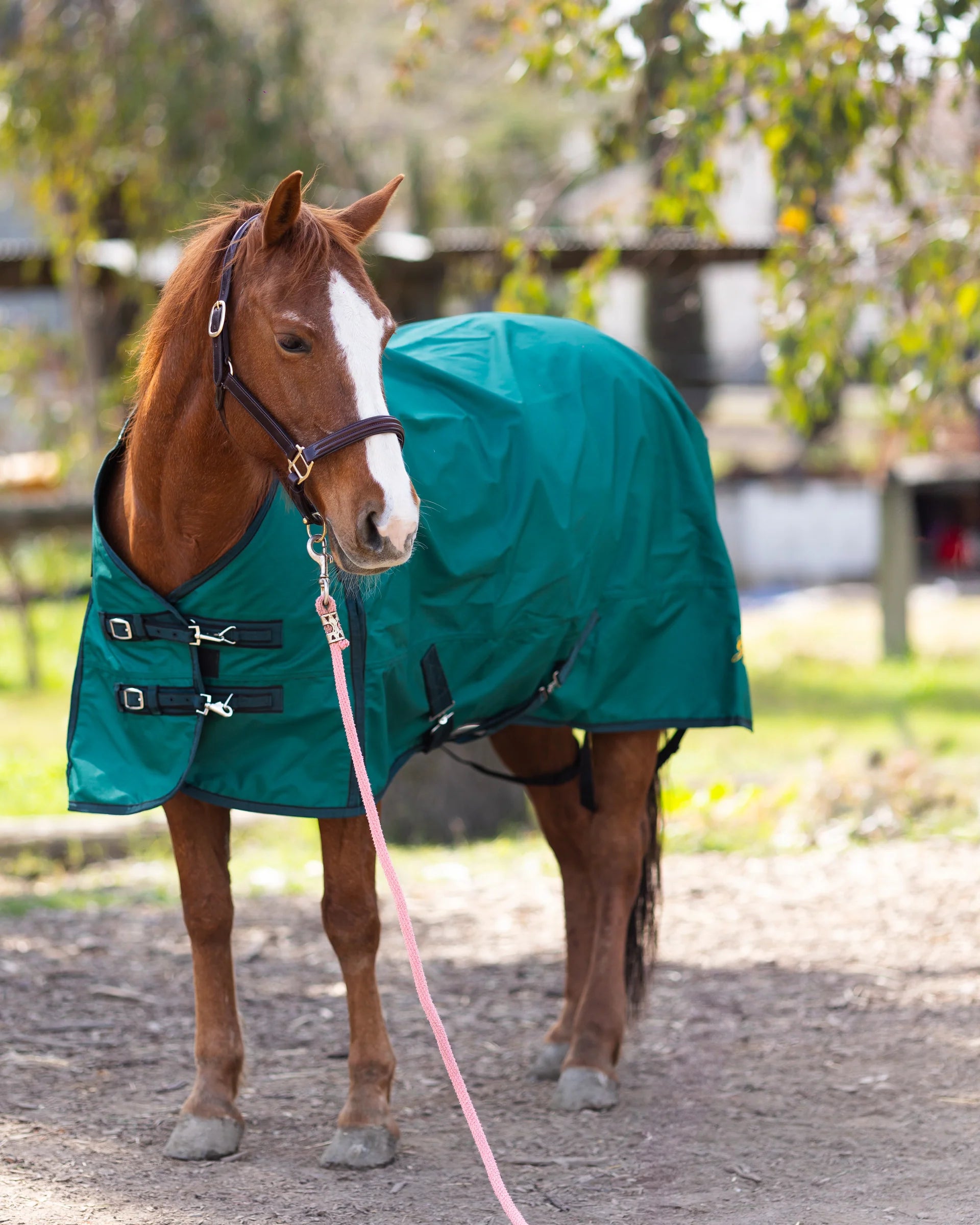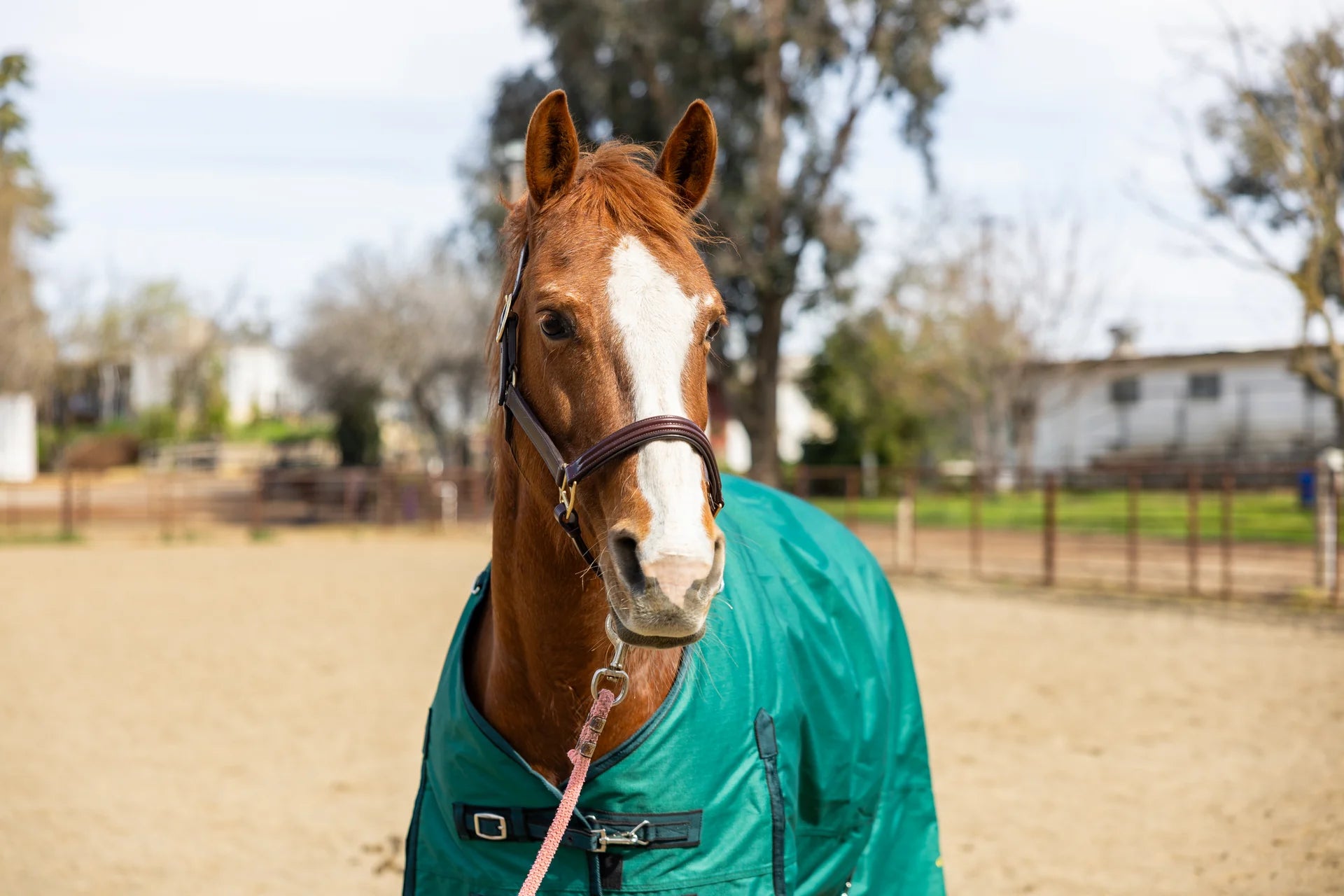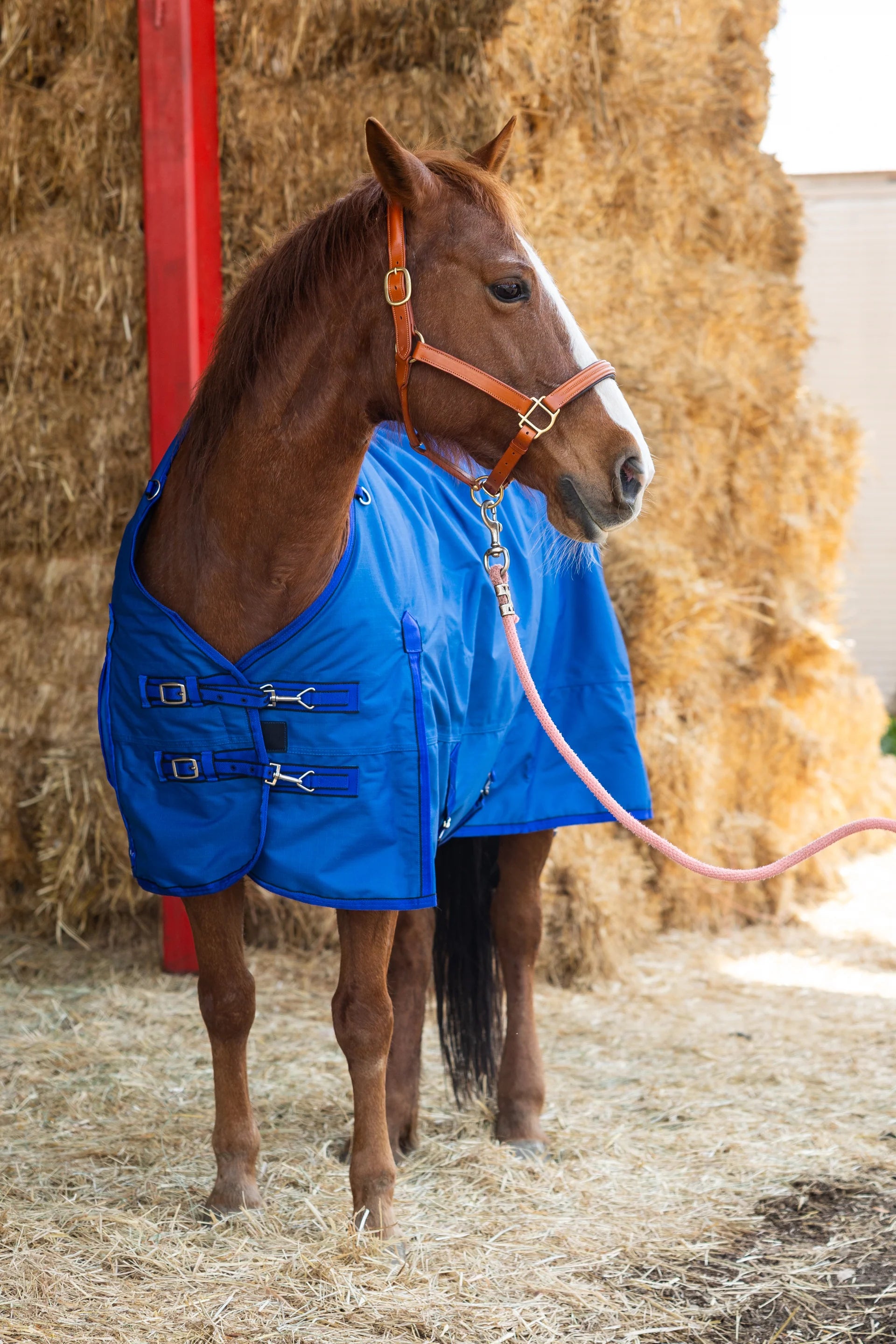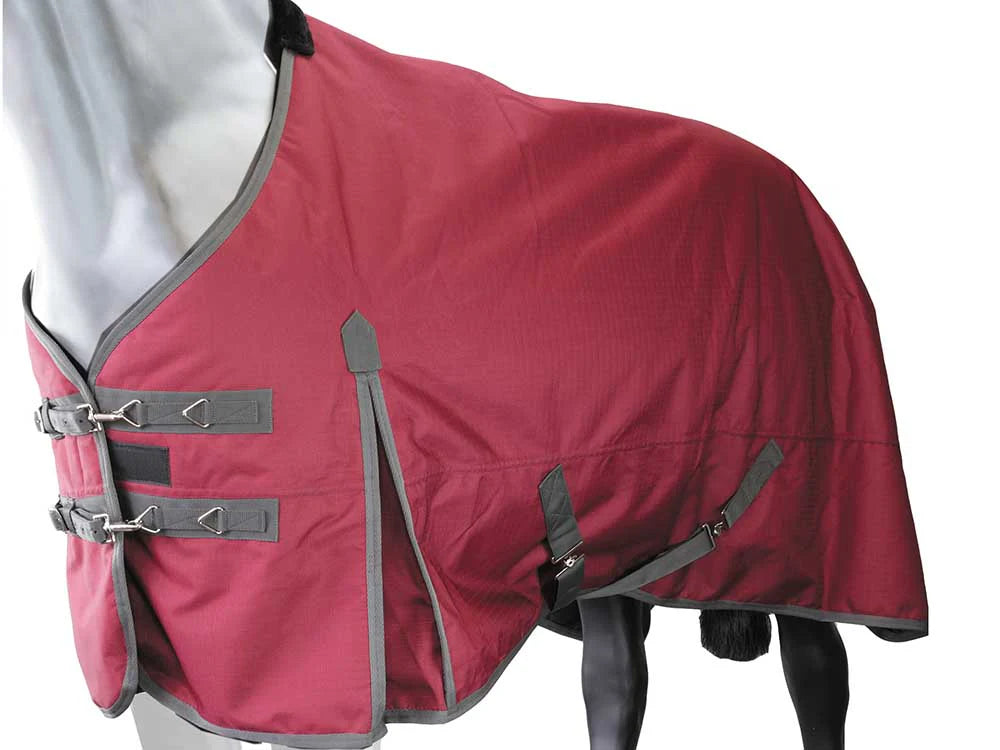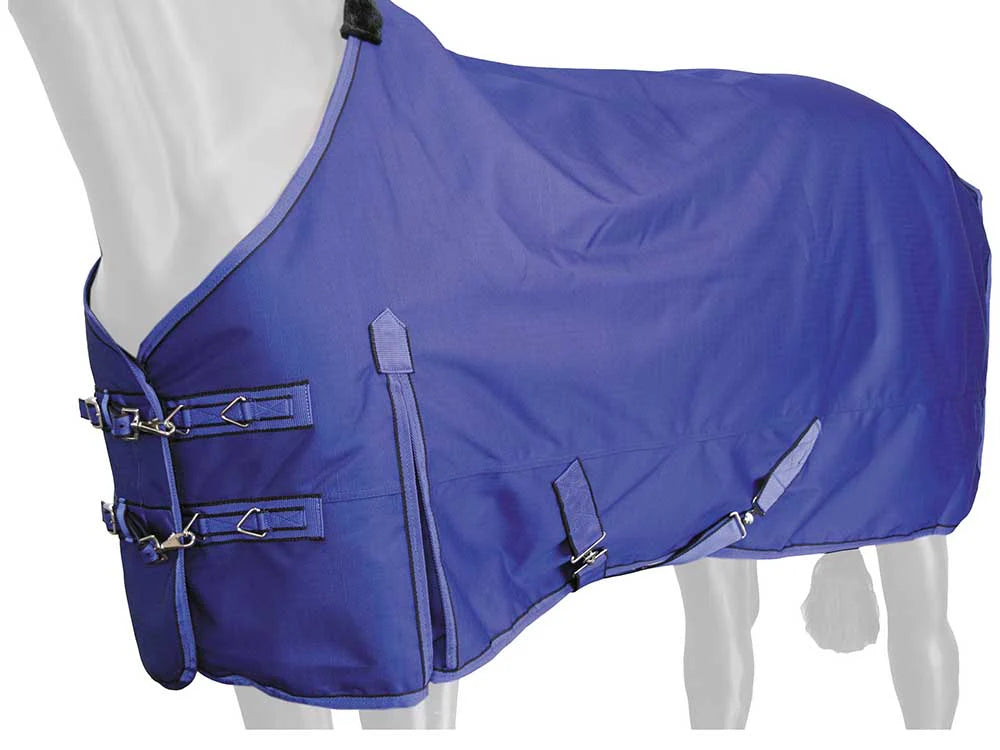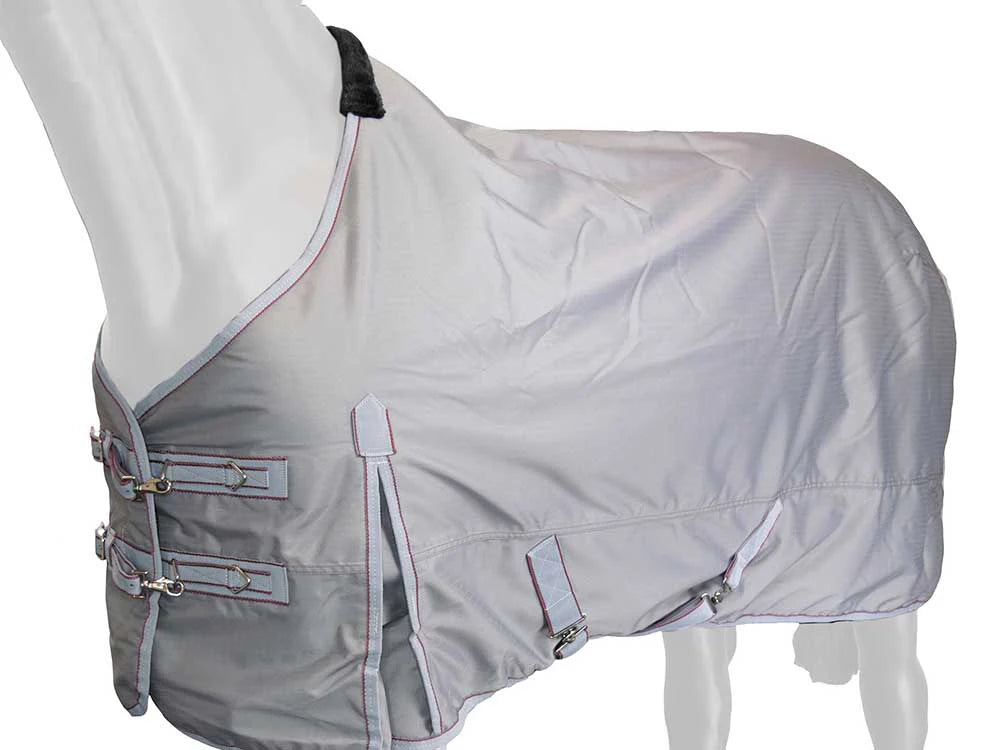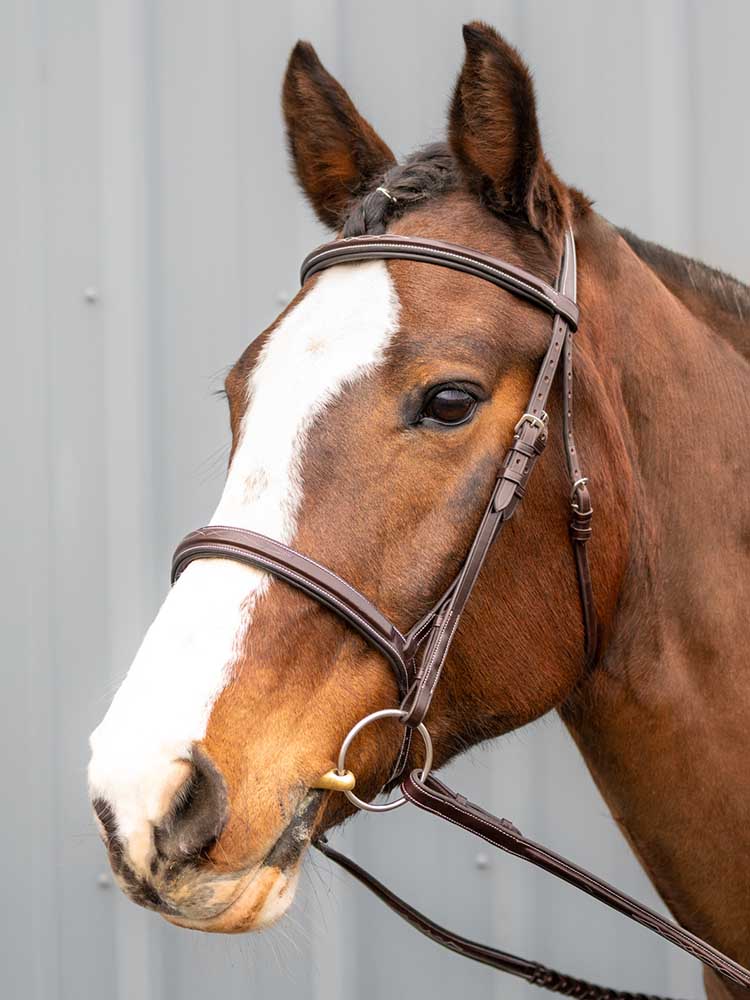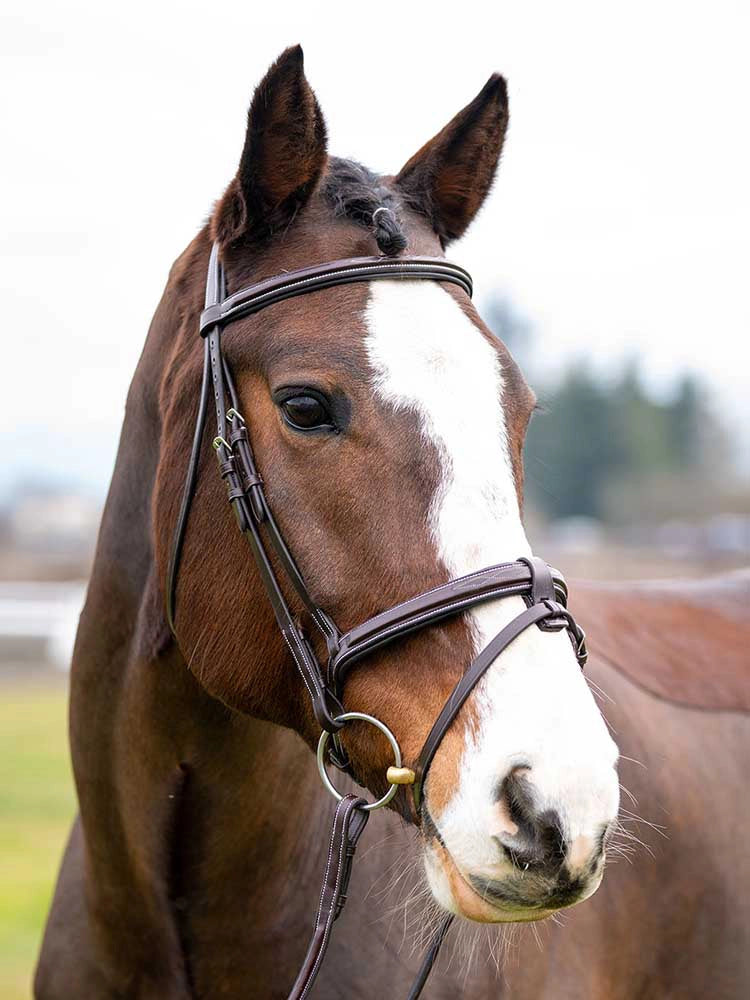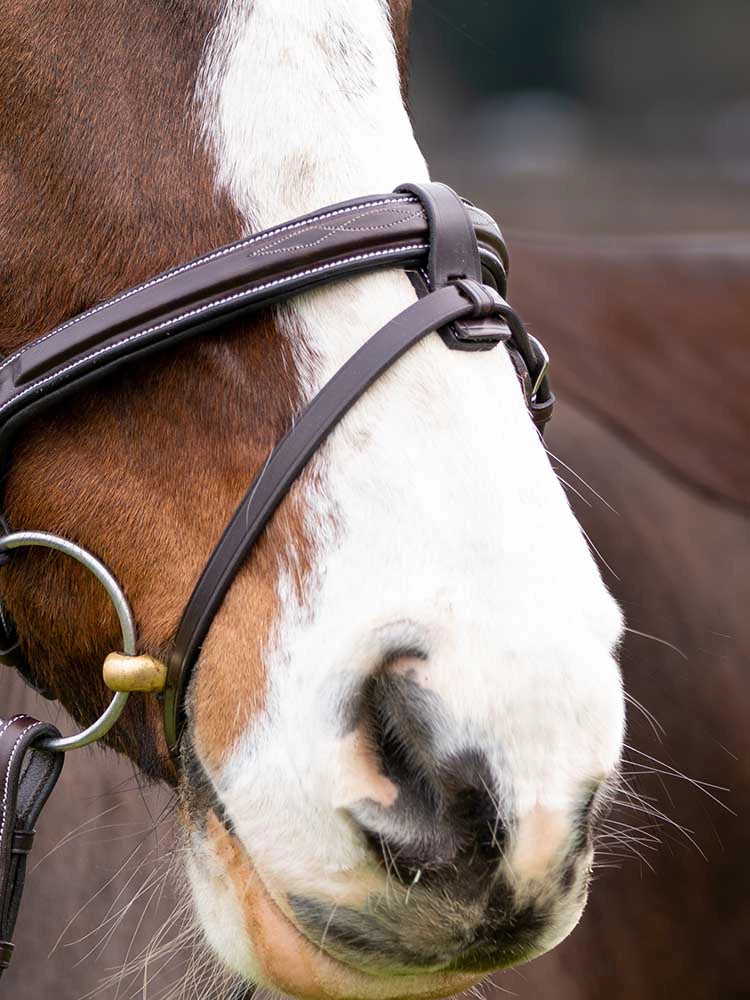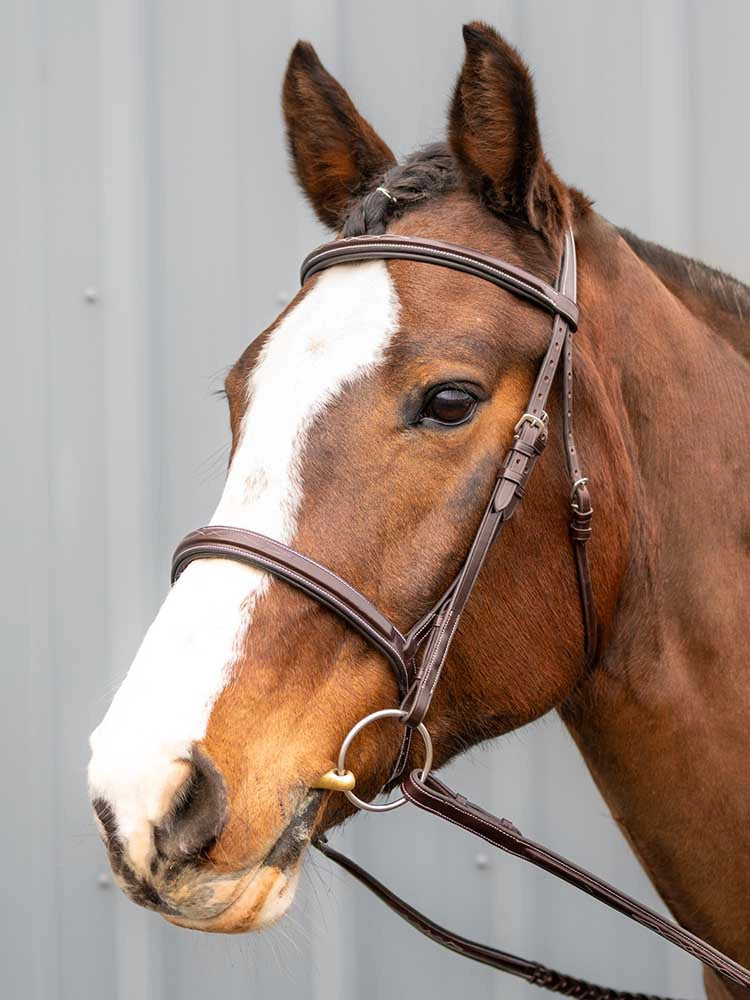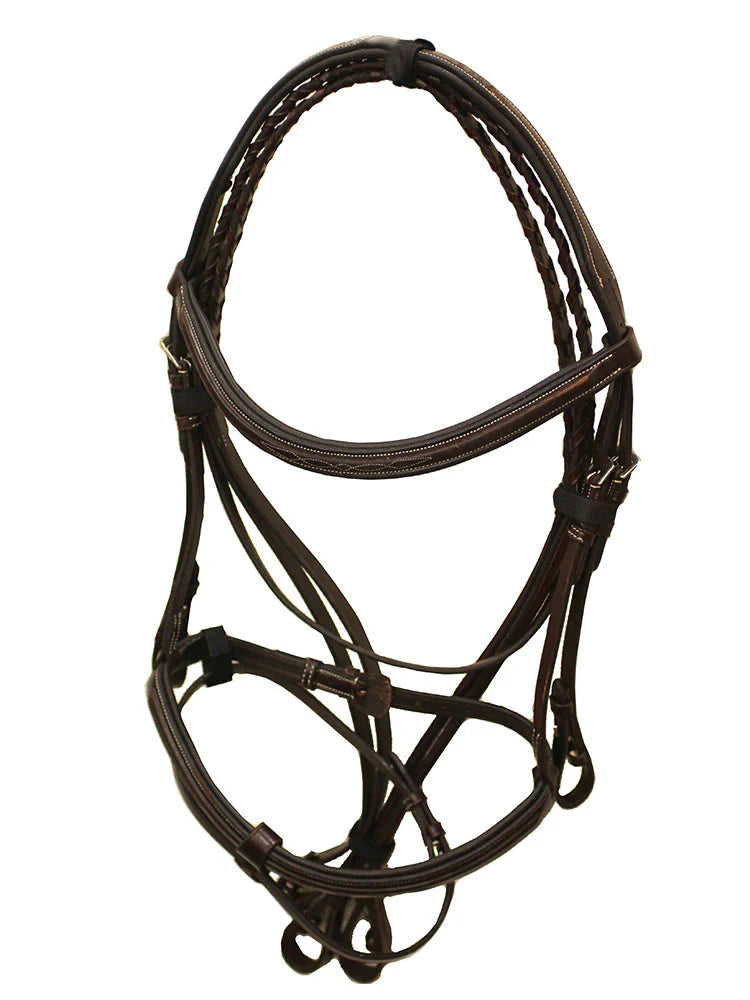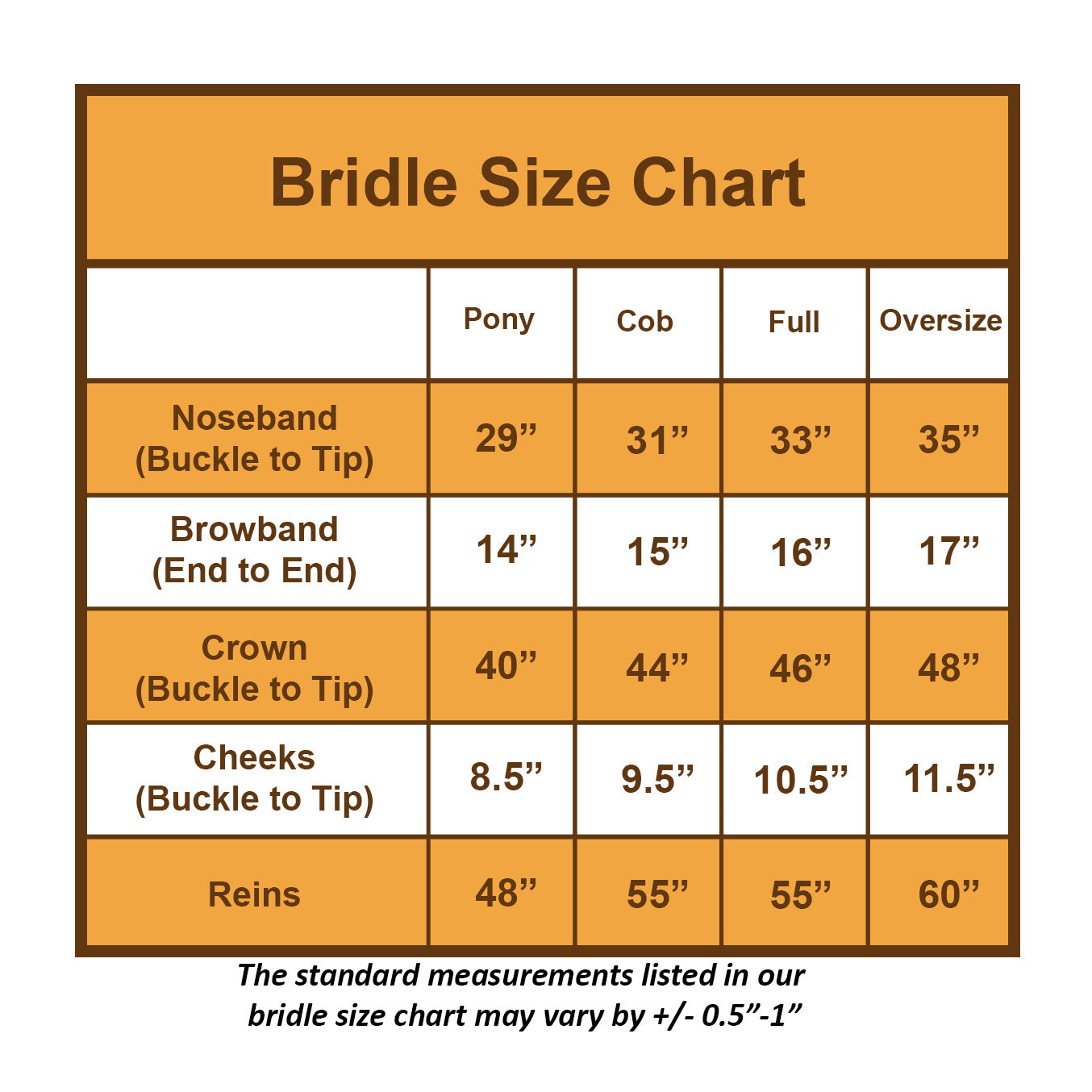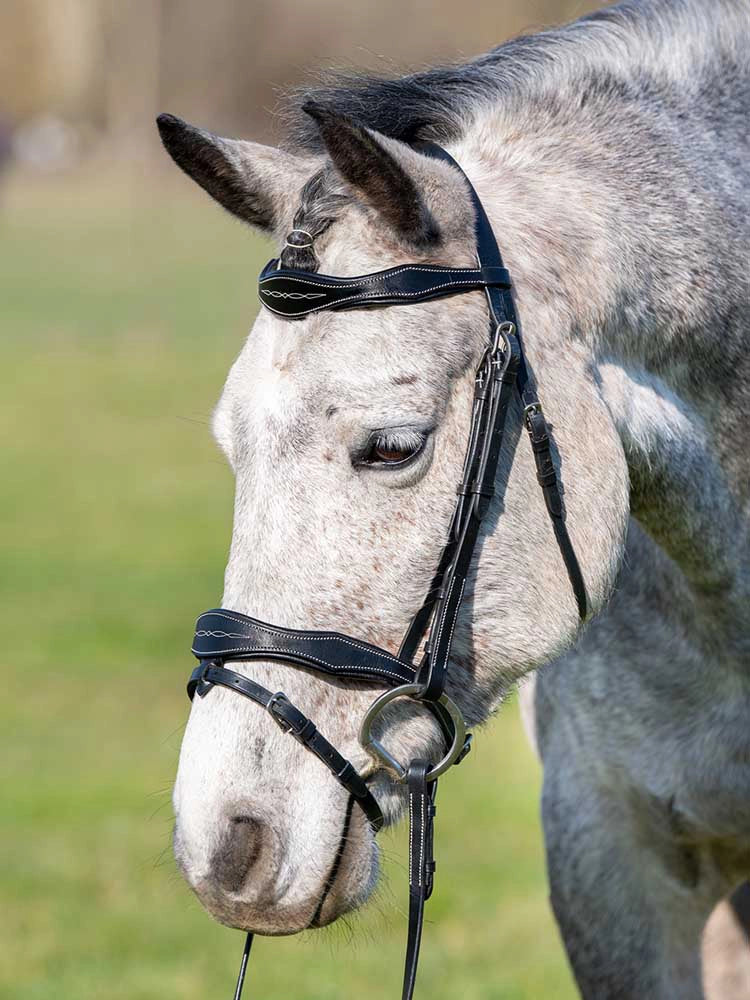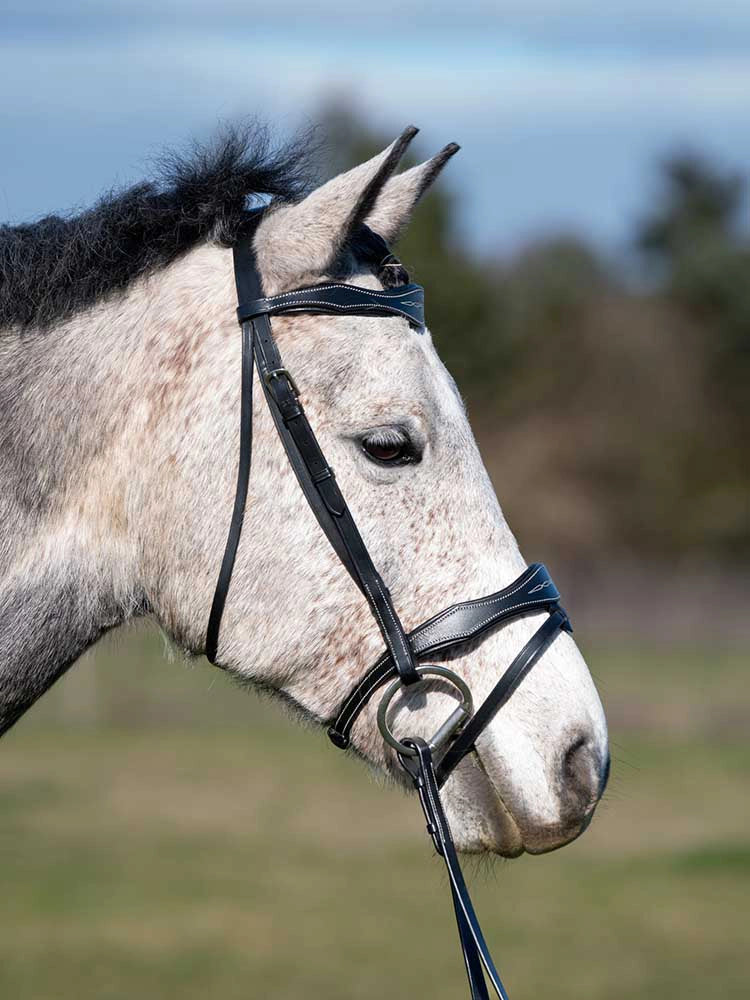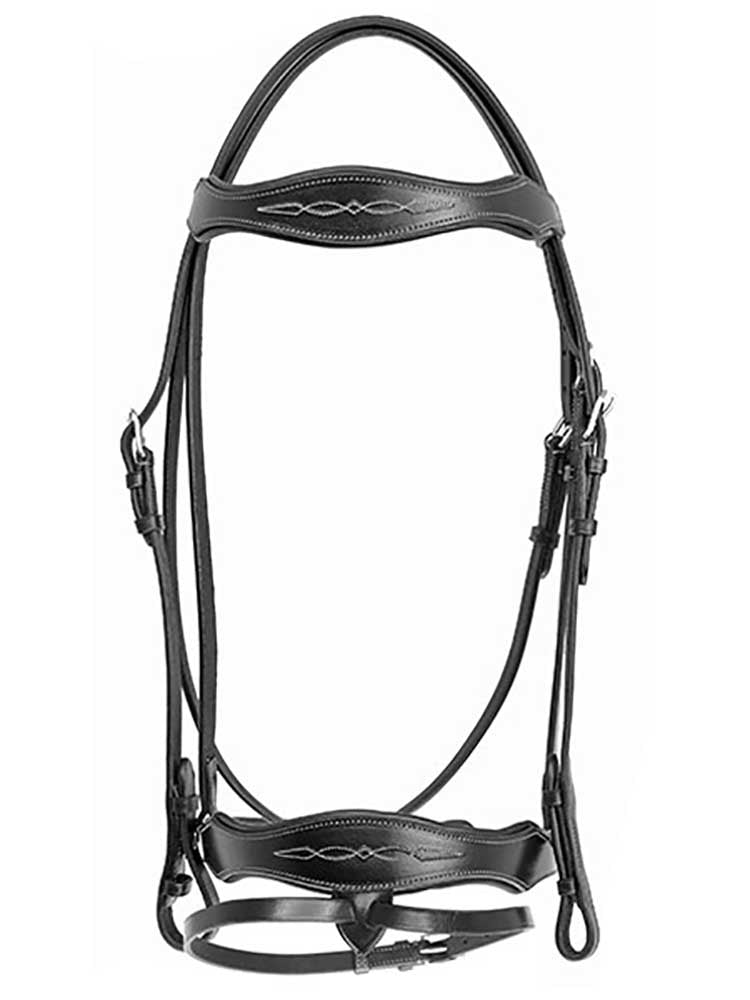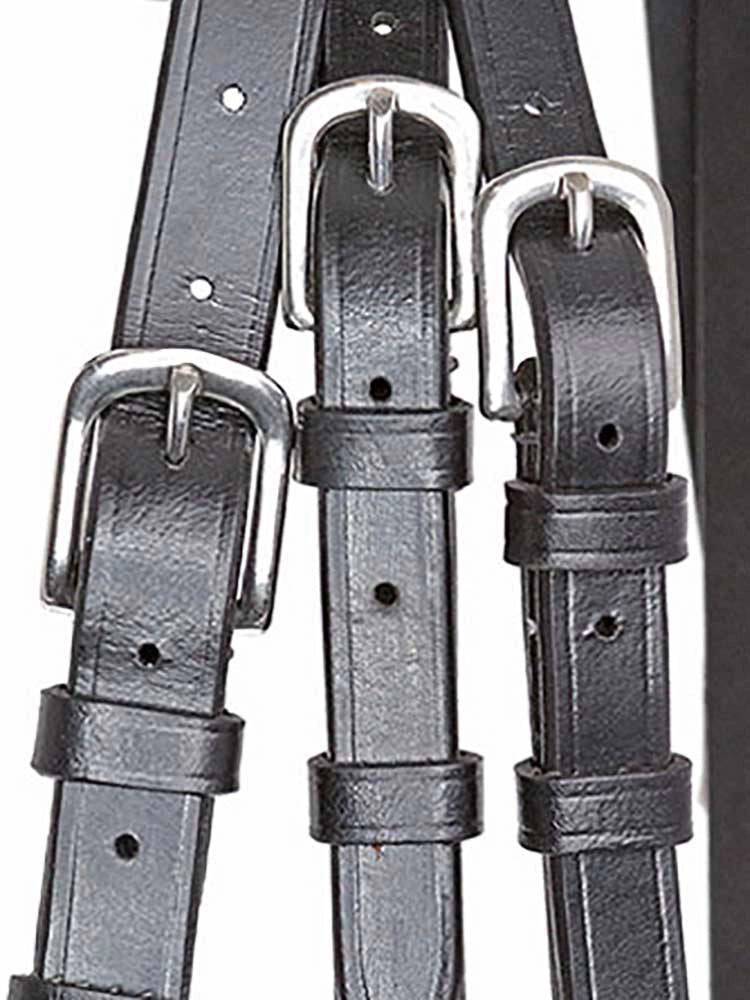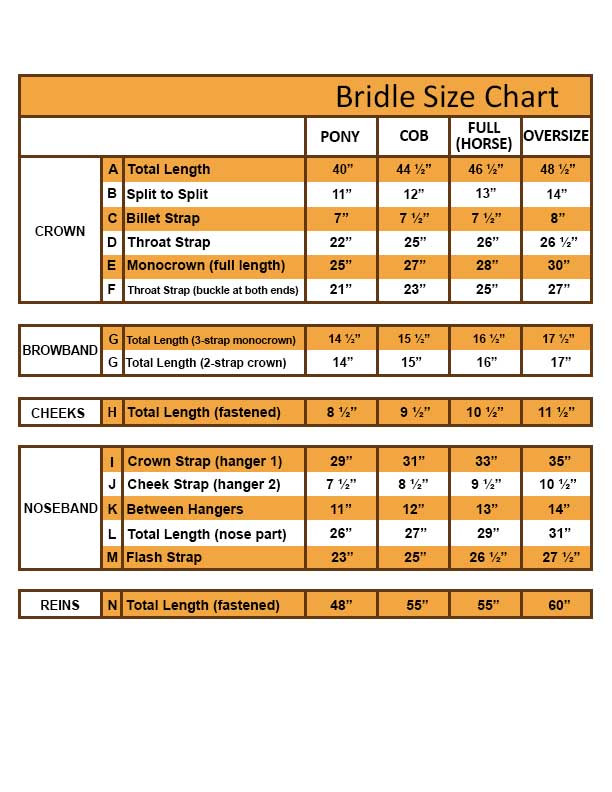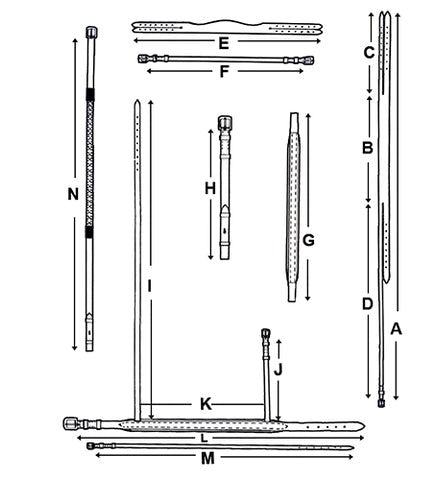When it comes to controlling your horse’s head carriage and enhancing rider safety, two common tack options are often considered: the standing martingale and the running martingale. Both tools are designed to prevent the horse from throwing its head too high, which can protect the rider from being hit in the face or losing control. However, their function, flexibility, and appropriate use cases differ greatly.
In this guide, we’ll break down the standing martingale vs running martingale comparison to help you choose the best option for your riding discipline and horse's behavior.
What Is a Running Martingale?
A running martingale consists of a Y-shaped strap that attaches to the girth between the horse's front legs. The two ends of the Y pass through metal rings that the reins run through. A neck strap keeps the martingale close to the horse's chest and out of the way.
Key Benefits of a Running Martingale:
-
Offers flexible control—engages only when needed.
-
Used in jumping, eventing, endurance, reining, and trail riding.
-
Encourages the horse to maintain proper head position without constant pressure.
Traditionally, running martingales are paired with snaffle bits. When the horse lifts its head too high and the rider shortens the reins, the martingale applies downward pressure via the reins, discouraging evasive behavior. However, when the horse’s head is in a normal position and the reins are relaxed, it has no effect—making it ideal for sensitive or green horses.
Proper Fit Tip: When adjusting the running martingale, lift the rings upward toward the withers. They should just reach the base of the neck for optimal, non-restrictive placement.
What Is a Standing Martingale?
A standing martingale attaches to the noseband and connects to the girth through a strap that runs along the chest. Unlike the running martingale, it offers a fixed level of restriction and does not involve the reins at all.
Common Uses for a Standing Martingale:
-
Hunters and equitation riders over fences.
-
Polo, to prevent contact between the horse's head and the rider during mallet swings.
-
Useful for horses that toss or jerk their heads abruptly.
However, the fixed length of a standing martingale can become a safety concern. It does not allow for quick release, making it unsuitable for high-speed disciplines like cross-country or trail riding. In case of a stumble or fall, the horse cannot use its head and neck to regain balance.
Martingale Stop Reminder: Always use a rubber martingale stop at the neck strap to keep it secure and correctly positioned.
Standing Martingale vs Running Martingale: Which One is Right for You?
Let’s compare the two based on key performance factors:
| Feature | Running Martingale | Standing Martingale |
|---|---|---|
| Adjustable Pressure | Yes (via reins) | No (fixed) |
| Best For | Jumping, eventing, trail, green horses | Hunters, polo |
| Bit Compatibility | Snaffles (mostly) | Snaffles, Pelhams |
| Safety | Safer in dynamic environments | Can restrict too much in emergencies |
| Rider Control | Enhanced leverage when needed | Constant restriction at set point |
| Discipline Use | Versatile, all-around | Discipline-specific |
If you ride in varied settings—especially on trails, green horses, or fast-paced environments—the running martingale is likely the safer and more practical option. It allows you to adjust rein pressure and gives the horse room to recover balance or react naturally.
On the other hand, if you’re competing in hunters or polo, where clean, controlled head carriage is essential, the standing martingale provides subtle but consistent correction.
Martingale Safety Tips
Regardless of your choice, always follow these precautions:
-
Use rein stops with running martingales to prevent rings from sliding too close to the bit.
-
Use a martingale stop with standing and running martingales to hold the martingale strap in a secure position with the neck strap in front of the chest to avoid it slipping down in front of the legs.
-
Never allow the horse to turn its head so far that the rein or martingale can get caught on other tack.
-
Make sure the equipment is properly fitted to avoid discomfort or dangerous restriction.
Both tools can enhance your ride by offering control and protecting against dangerous head movements. But understanding when to use a standing martingale vs running martingale is key.
Choose based on your riding goals, your horse’s tendencies, and the discipline you're participating in. When used correctly, a martingale can boost your confidence, improve your horse’s performance, and keep you safe in the saddle.
Shop Quality Martingales and Accessories at Grewal Equestrian
Looking for premium tack designed for both safety and performance? Explore Grewal Equestrian’s martingales and riding accessories built for every level of rider.
